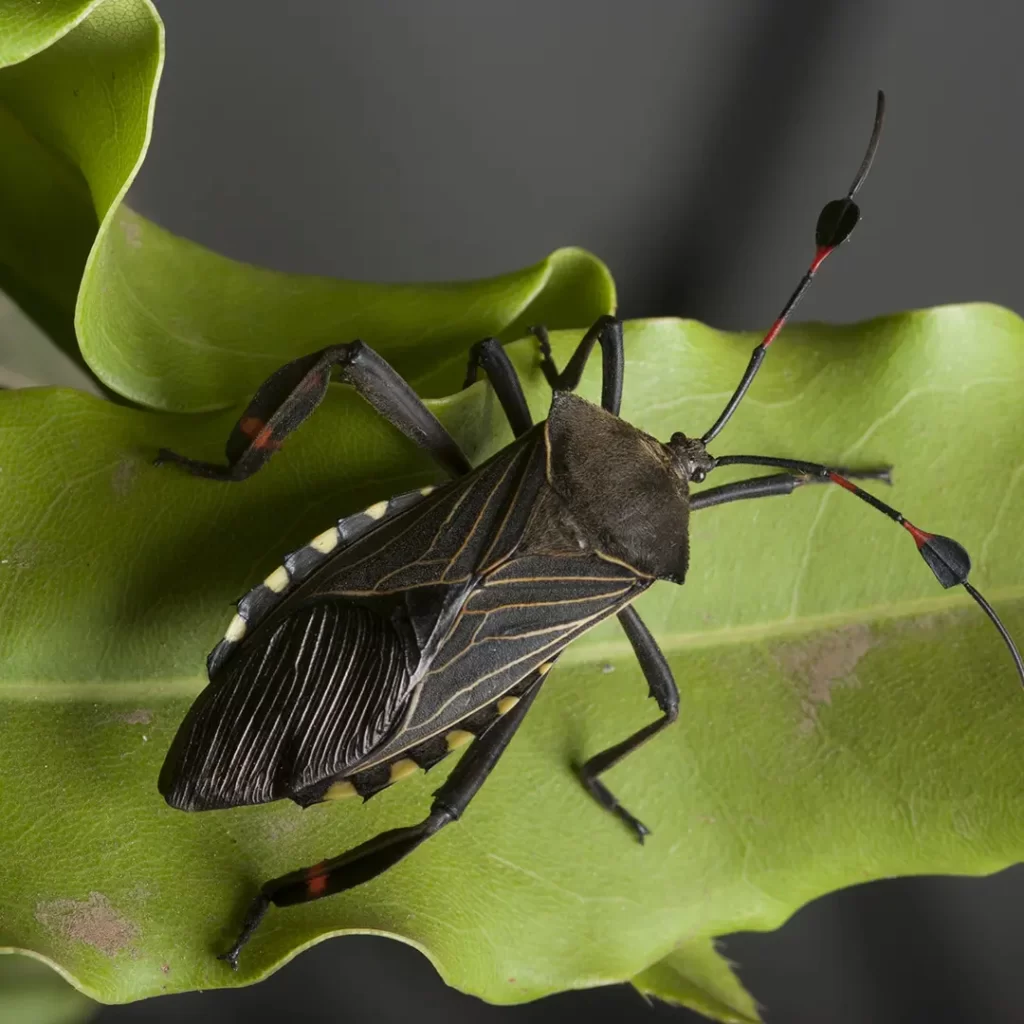
| Scientific Name: | Blissus leucopterus |
|---|---|
| Color: | Orange |
| Shape | Oblong, Oval |
| Life Span | 50 days |
What is a Chinch Bug?
When it comes to keeping your lawn lush and healthy, knowledgeable action is your most important weapon. The sooner you become aware that a pest has begun feeding on your grass, the easier it is to deal with the problem. Among the most dangerous pests are the ones that are hard to detect. Chinch bugs are some of the most difficult of all. They are very dangerous to your lawn because they often go unnoticed. That is until it is too late. Chinch bugs mimic the effects of drought damage. Chinch bugs can attack your lawn for long periods before you even realize they are there. Lush lawn offers the prevention, diagnostic, and extermination methods necessary to eliminate this threat. With our help, you can keep your lawn healthy for the long haul.
How to Spot Chinch Bug Damage
Chinch bugs are devastating, and their damage looks similar to that caused by drought, making it hard for homeowners to tell the difference and respond appropriately. However, unlike drought stress, your grass will not recover when it rains if bugs have damaged it. You can also tell the difference by looking closely at the edges of damaged areas. If you see nymphs, adult chinch bugs, and bug carcasses, you know the damage is due to infestation. Keeping your thatch to a minimum can also help reduce the risk of multiplying nymphs and adults. Once you have identified chinch bug damage in your yard, the next step is determining the problem’s severity. To do this, remove the bottom of a coffee can and push it into the patch of ground where you have noticed the damage. The bugs should make their way to the top of the can within a few minutes. If more than 15 insects appear within the first two minutes, the infestation is severe enough to require pesticide control methods.
Why Chinch Bugs are Bad News
Chinch bugs are harmful not only because they are hard to detect but also because they deprive plants of vital moisture and nutrients. Chinch bugs drink the juice directly out of the grass stems.
Meanwhile, their saliva injures the grass, causing it to wither and turn brown. Worse still, these tiny terrors tend to concentrate in warm, sunny areas of the yard, which are the most likely to suffer from drought and heat stress. In this way, the insect’s compound damage from other sources with the stress of their own makes it difficult for your lawn to survive.
Types of Chinch Bug Treatments
Chinch bug control typically takes three forms:
Prevention- If chinch bugs have attacked your yard or others in the area in the past, the best strategy is to apply pesticides before they have a chance to infest your grass. By administering grub rate insecticides toward the end of May, you can kill these insects early, keeping your grass safe from all harm.
Chemical Extermination- Even if a chinch bug invasion is already underway, there is still a chance to save your grass. By spraying insecticides in all areas of the yard that show damage, you will kill the vast majority of chinch bugs and give your grass a chance to recover.
Natural Competition- Besides killing chinch bugs with insecticides, you can also eliminate them by allowing predatory big-eyed bugs and other natural predators to eat them. This method effectively controls sparse infestations while having few negative effects of insecticide treatment.
The most effective treatment for bugs will depend on the problem’s severity and your yard’s specific characteristics. If the invasion is relatively small, you should let predatory bugs handle it. In this case, avoid spraying insecticides, as they may help the bugs spread by killing their big-eyed predators. A severe infestation may require chemical bug control measures.

